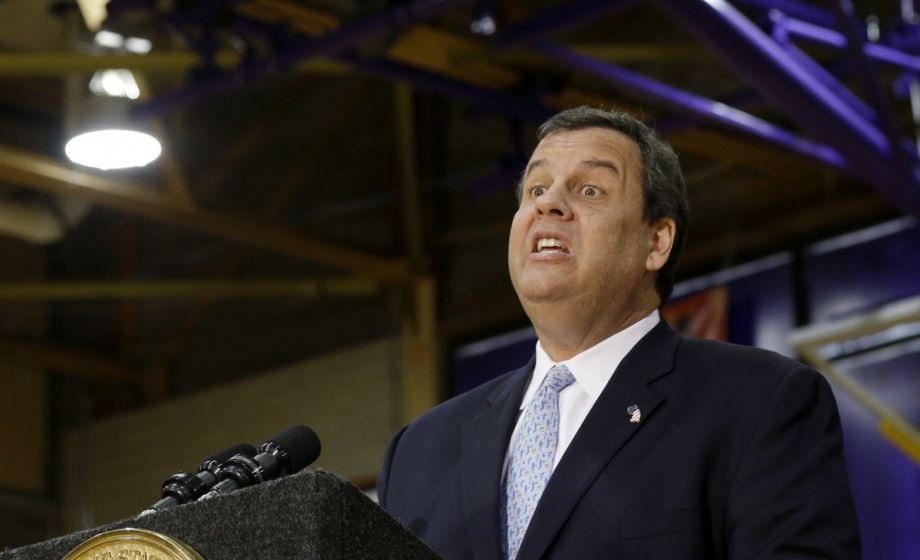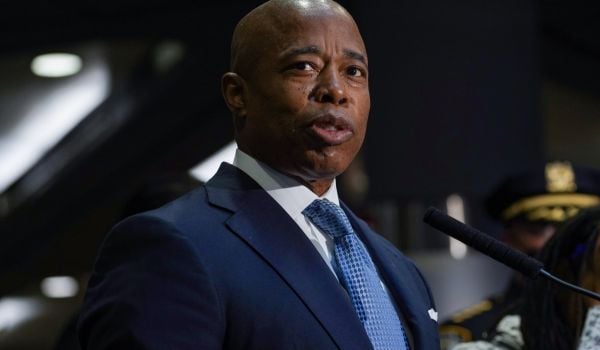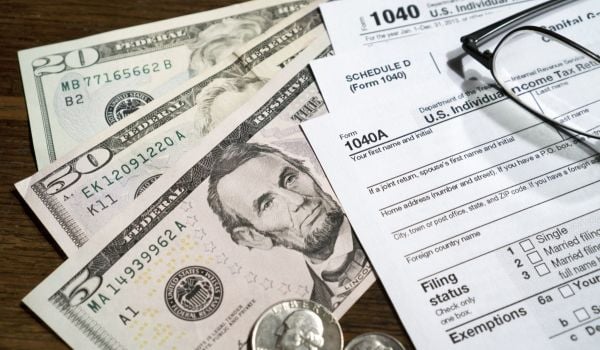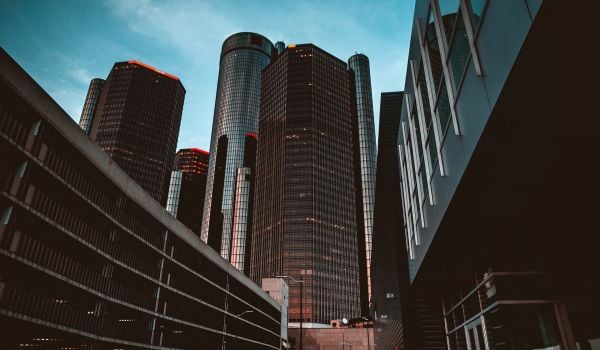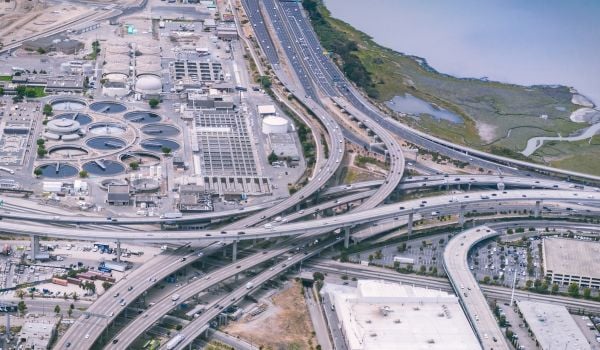Last week, the New York Times and the Philadelphia Inquirer printed rapturous reviews of Camden’s latest economic development news. The man behind the action, New Jersey power broker George Norcross, told the Inquirer that the chronically depressed and congenitally segregated city is actually on the path to revitalization. He claims this round of renewal — as opposed to many previous headline-grabbing pronouncements — will stick: “I remember those grand announcements. Sadly, most of [them] never happened. But these are real.”
This year, $614 million dollars in tax credits have been awarded to a variety of companies in a successful attempt to lure them into setting up shop in Camden (number-crunching courtesy of the New York Times). New Jersey’s tax incentive programs date back to the mid-1990s, but Gov. Chris Christie has been particularly generous. According to Governing magazine, “since January 2011, the state’s five major incentive programs awarded an estimated $1.95 billion to companies … . That’s more than the entire prior total since the state began awarding incentives in 1996.” Most beneficiaries have been large, politically connected companies.
The Economic Opportunity Act of 2013 expanded the programs substantially, with generous carve-outs for the state’s distressed cities and especially Camden. George Norcross is widely described as the political boss of South Jersey, and the Democratic politicians he controls have allied with Christie and the Republicans on a wide variety of issues, giving the Governor both a bipartisan sheen and influence in a legislature controlled by opposition. Camden has long been a Norcross preserve, and the Economic Opportunity Act of 2013 is especially generous to the city as NJ Spotlight illuminates in this helpful analysis of all the law’s Camden-specific provisions.
The fruits of the 2013 law first became evident this summer, when the New Jersey Economic Development Authority announced that the Philadelphia 76ers would be accepting $82 million in tax incentives to open a practice facility in the city. The 76ers are obligated to bring 250 jobs to Camden, although 200 of them are already filled and there appears to be no provisions ensuring that the other 50, or the construction work, will go to people who actually live in the city. The team will still play in Philadelphia, and the practice facilities will be built on non-ratable land currently owned by the Camden Parking Authority
This announcement received notably non-rapturous reviews. Incredulous responses were published by a variety of outfits, including Next City. (There are few economic development projects more obviously wasteful than public incentives for sports stadiums, even when the team plans to actually play in them.)
But the 76ers were just the beginning and subsequent projects have garnered better press. Subaru, Lockheed Martin and Holtec International (a manufacturer of equipment for nuclear power plants) are all coming to Camden. The latter will receive the third-largest tax break in the state’s history: $342 million. The press surrounding these announcements has been muted or, in the case of the Inquirer and the Times articles last week, downright laudatory.
But these tax incentive deals look just as dubious as those being directed to the 76ers. The flight of manufacturing capital prompted the city’s decline into the endlessly profiled basket case of the Northeast, but from the details currently available it seems that the coming of Subaru, Lockheed Martin, and Holtec will do little, if anything, to address the intense poverty and unemployment that wracks the city’s population.
“The literature finds that we are just giving people money for stuff they were going to do anyway,” says Nathan Jensen, associate professor of international business George Washington University. “My statistical analysis [tested whether these] incentives create jobs, which is a pretty low bar — it’s not even asking is it worth the cost. Do we actually see the companies increasing jobs relative to similar companies that don’t get incentives? No. There seems to be no evidence. About 75 percent of these incentives go to companies that were going to do what they were going to do anyways. [They’ve] chosen their location and are just trying to get as much money as they can.”
The specifics in Camden’s case do nothing to alter this picture. Holtec representatives say it may bring as many as 3,000 jobs to the city, but it only needs to bring 395 jobs to get the tax incentives — 160 of which will be brought in from their existing headquarters elsewhere in South Jersey. (The site will also be built on land owned by the South Jersey Port Corporation, a non-ratable quasi-public authority.) It was recently announced that Subaru will receive $118 million in tax breaks to relocate 500 employees from their current headquarters a few miles to the east in the Camden suburbs of Cherry Hill and Pennsauken.
Cooper Health System will receive $40 million in tax incentives to relocate 353 jobs from Cherry Hill and the Camden suburb of Mount Laurel to the city, where it already locates much of its infrastructure. (Norcross is the chairman of the Cooper Health System.) Lockheed Martin’s $118 million in tax incentives were announced in the middle of last month; 250 jobs will be relocated from nearby Moorestown, yet another Camden suburb. The projected revenues from the weapons manufacturers’ development comes to $248,000 for the state over 35 years, a distinctly non-princely sum. The authority directed queries about the local tax yield of these developments to the city of Camden, which did not respond by press time. Of Camden’s city budget of $150.2 million in FY2013, only $43.1 million came from local sources like property taxes. The state provides the rest, along with more than 90 percent of the school district budget.
Camden desperately needs jobs for its residents; the unemployment rate is 24.4 percent. But most of the jobs the companies promise are already filled and are simply being shifted from elsewhere in New Jersey (with the exception of the 76ers, which are moving jobs across the Delaware River from Philadelphia). There are no stipulations for local hiring in the 2013 law, either in regards to construction jobs or permanent positions at the site. “The statute does not include any local hiring provisions,” writes Economic Development Authority spokeswoman Virginia Pellerin in an email. “We believe the City may be working on a local hiring initiative though.” Requests for an interview with the city of Camden were not returned by press time.
If relatively few city residents are employed despite all the incentives, the outcome will be in line with previous results. Since the 1990s, Camden has experienced a state-incentivized boomlet in riverfront entertainment facilities and eds and meds institutions downtown, but 86 percent of the jobs in Camden are held by people who live outside the city whereas only 17.7 percent of the employed residents of the city work within the urban limits.
There will undoubtedly be a few benefits. The city will likely receive a few tax dollars; residents might get a few relatively low-paid positions in security and maintenance, and better-compensated construction work will be created for a time. (It is worth noting that Donald Norcross, George’s brother, used to lead both the Southern New Jersey Building Trades Council and, later, the Southern New Jersey AFL-CIO Central Labor Council; he is now a Congressman.) But the left-leaning think tank New Jersey Policy Perspective, which has roundly criticized all these tax incentive deals, points out that the benefits the arrangements are supposed to bring to the state are calculated on a 35-year timespan — yet they are only obligated to stay between 10 and 15 years. What’s to stop them moving again when the time is up?
“It can be a pretty bad investment if a company has no reason to be in Camden and literally the only reason is because you gave them a massive incentive,” says Jensen. “You are doing something that any other city can do and the type of companies that are going to take advantage of that may have very little loyalty to your region. They may be willing to shift to another when a better deal comes along.”
The Equity Factor is made possible with the support of the Surdna Foundation.



